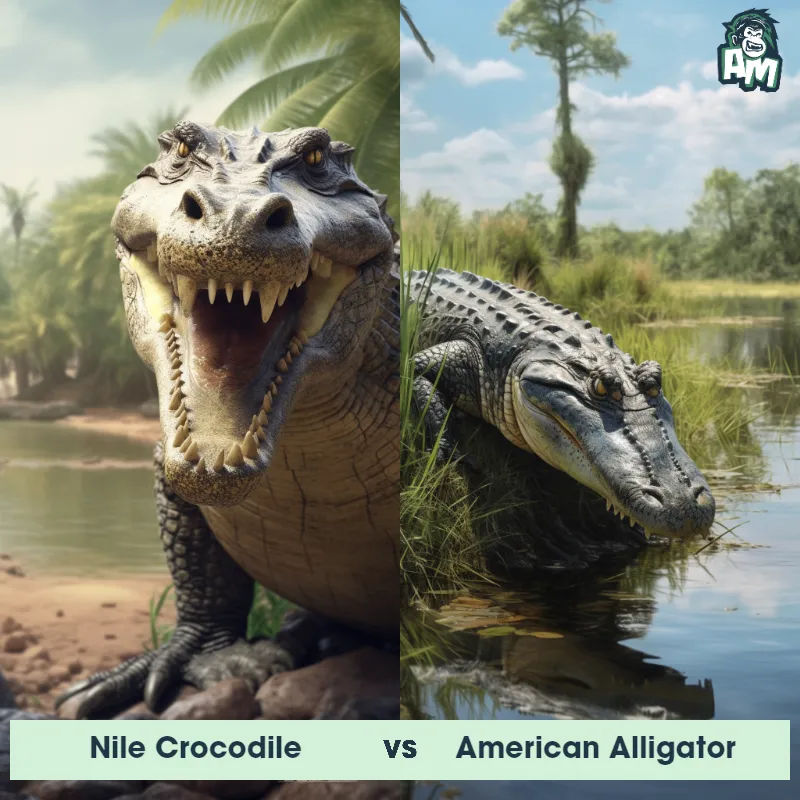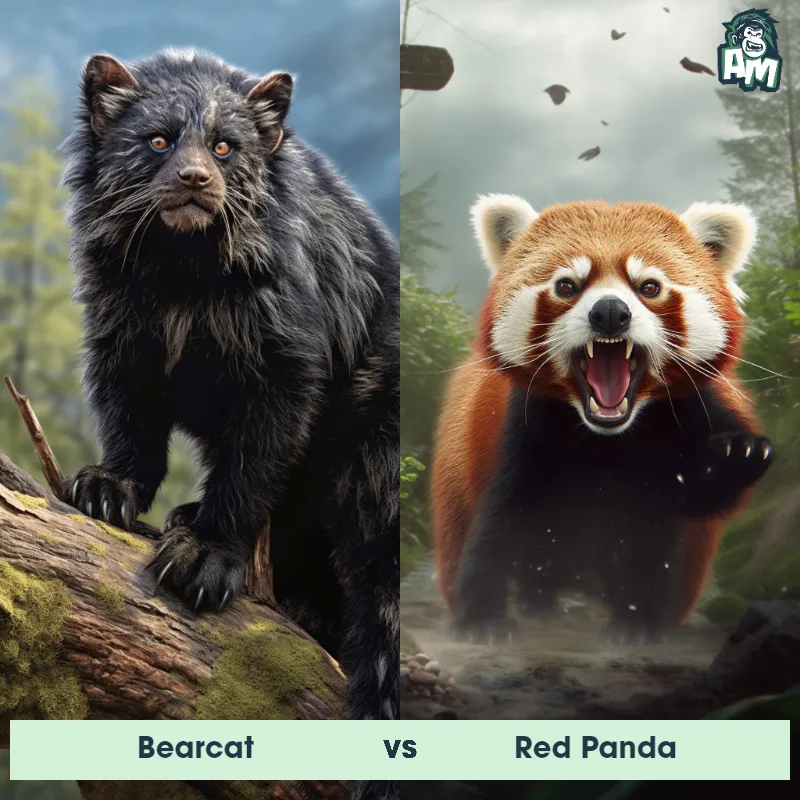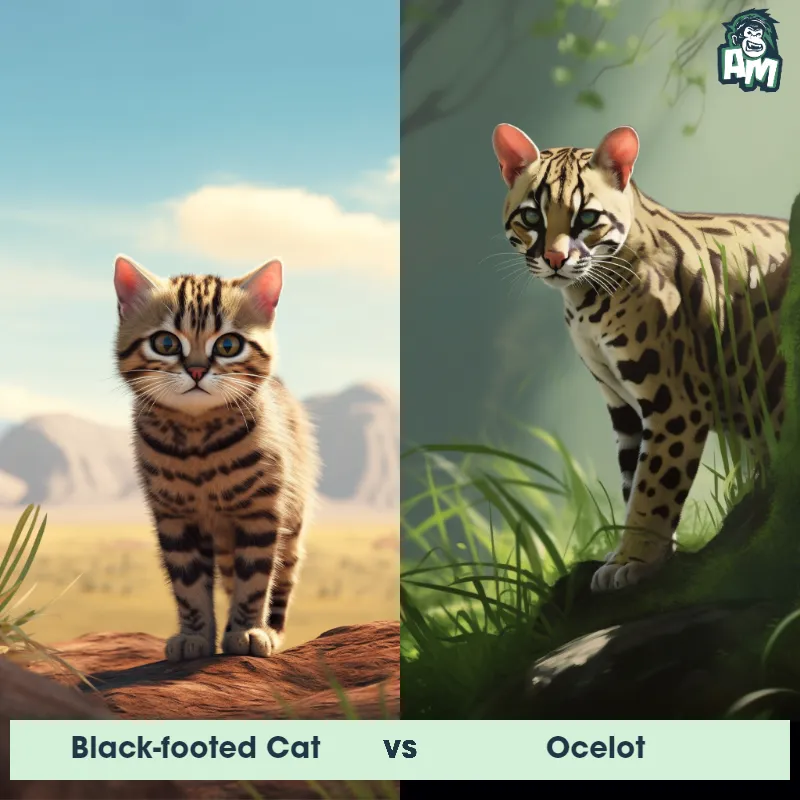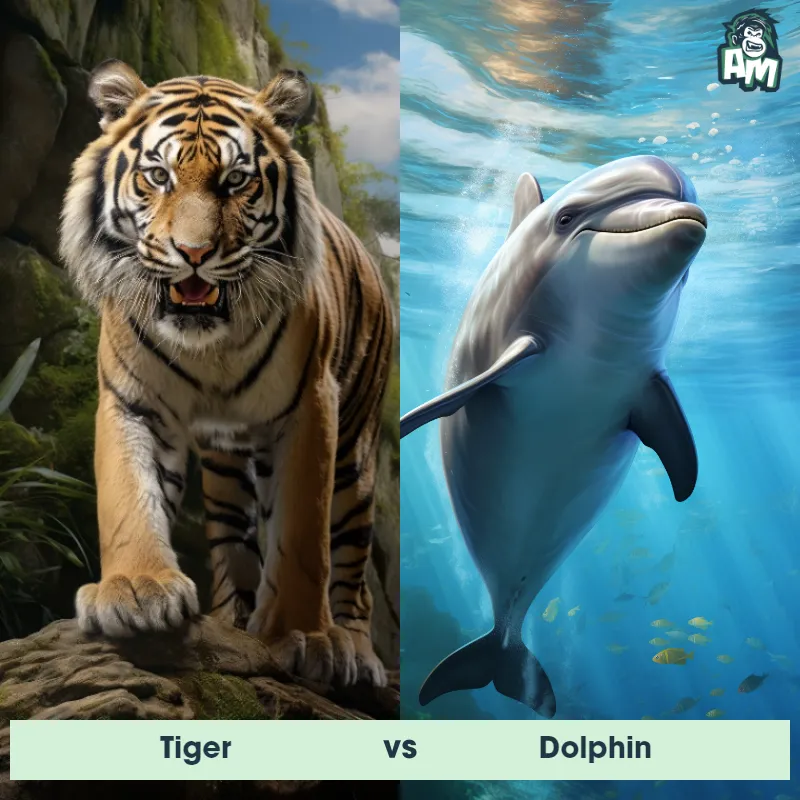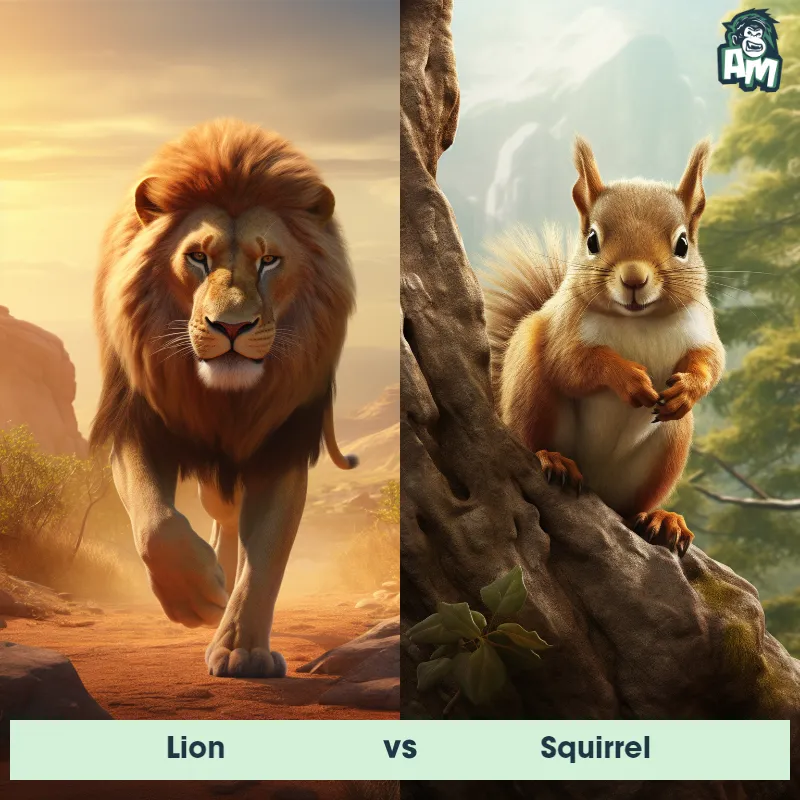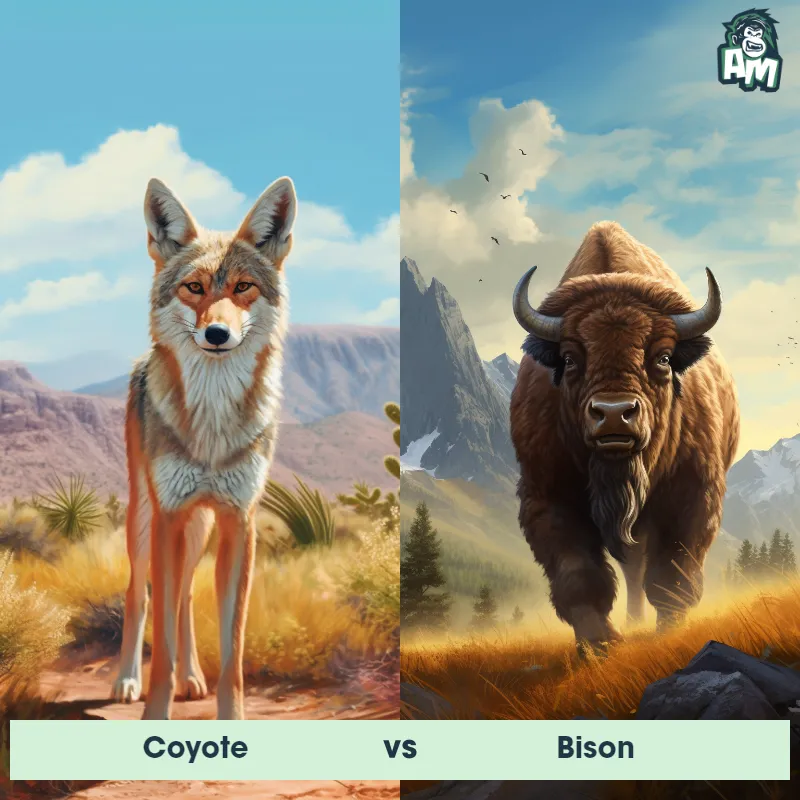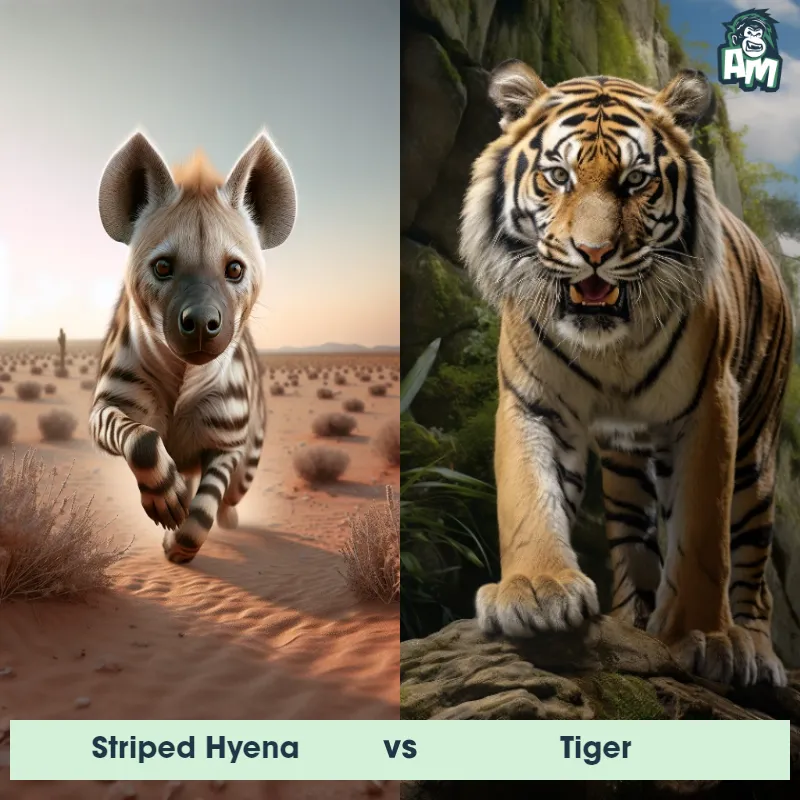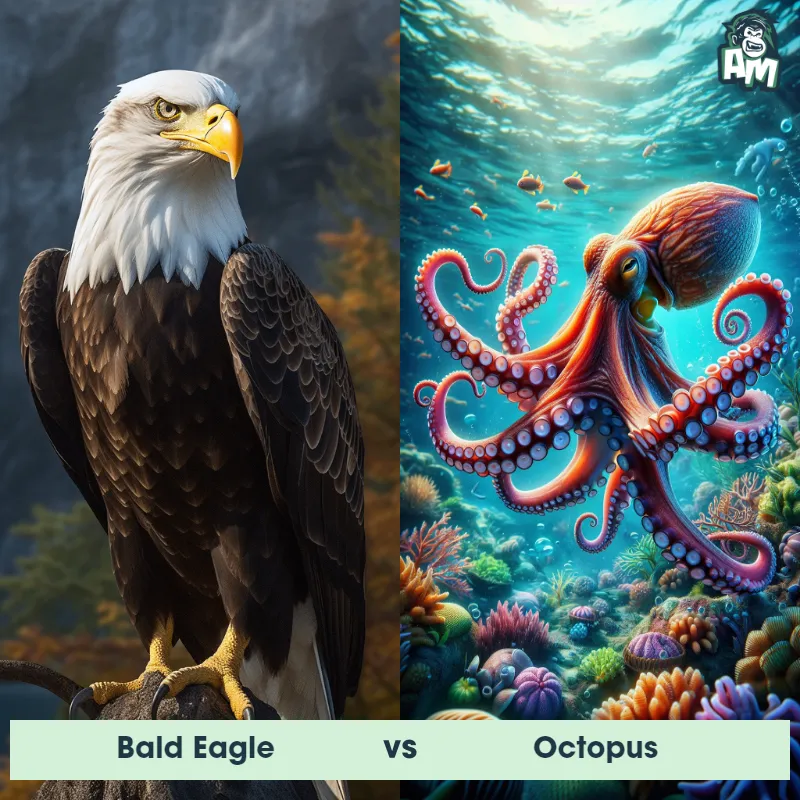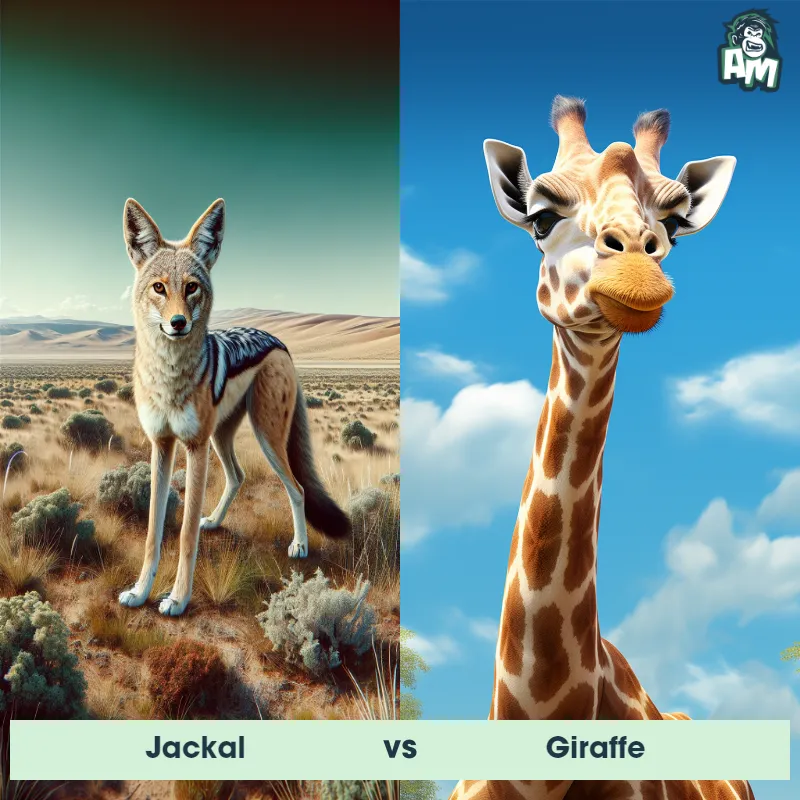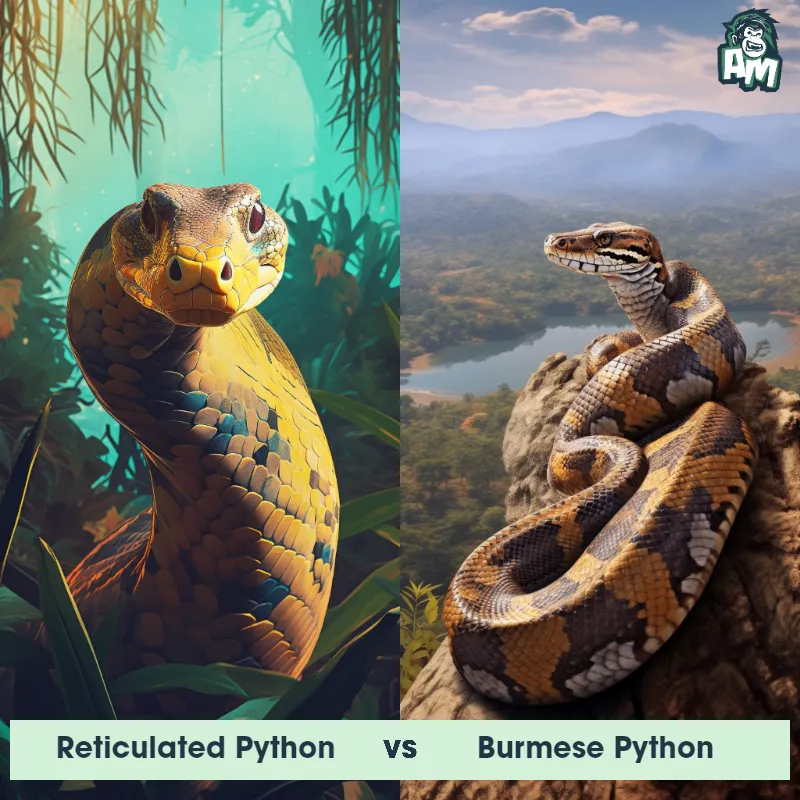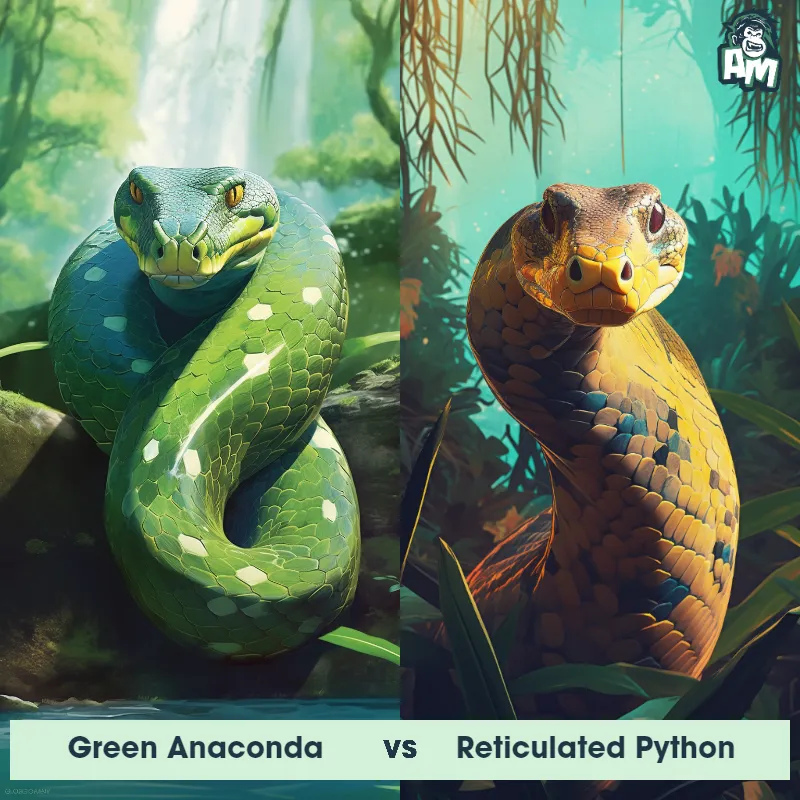Reticulated Python vs TigerSee Who Wins

Ladies and gentlemen, welcome to an electrifying showdown here tonight! We have an epic battle between two fierce competitors. In one corner, weighing in at a massive 250 pounds, we have the Reticulated Python! And in the other corner, weighing in at a solid 600 pounds, we have the mighty Tiger! Get ready for a fight that will leave you on the edge of your seat!
Contender 1: Reticulated Python
The Reticulated Python, also known as the Python reticulatus, is a species of snake that is native to Southeast Asia. It is one of the largest snakes in the world, with some individuals reaching lengths of over 30 feet. The snake has a distinctive pattern of diamond-shaped scales that are colored in shades of brown and black. It is a non-venomous constrictor that feeds on a variety of prey, including birds, mammals, and reptiles.
Fun Fact: Reticulated Pythons are excellent swimmers and can stay underwater for up to 30 minutes at a time.
Contender 2: Tiger
The Tiger is a large and powerful big cat, known for its distinct orange coat patterned with black stripes, which are unique to each individual, much like a human fingerprint. Tigers have a muscular build, a heavy head with strong jaws, and a tail that is usually about half the length of their body. The largest species of the cat family, adult male tigers can reach up to 10 feet in length and weigh up to 660 pounds. Tigers are native to various parts of Asia and are adept swimmers, unlike most members of the cat family.
Fun Fact: Tigers are apex predators and primarily consume larger mammals for food, including deer and wild boar; a hungry tiger can eat as much as 60 pounds in one night.
Matchup Stats
| Reticulated Python | Tiger | |
|---|---|---|
| Size | Up to 30 feet (9.1 meters) | Up to 10 feet in length (3.05 meters) |
| Weight | Up to 350 pounds (159 kilograms) | Up to 660 pounds (300 kilograms) |
| Speed | Speed: 5 mph (8 km/hr) | 35-40mph (56-64km/h) |
| Key Strength | Constriction | Strong jaws and muscular build |
| Biggest Weakness | Vulnerable to attacks from multiple predators | Limited endurance for long chases |
Current Votes
Reticulated Python vs Tiger
See Who Wins
View More Matches
Looking For More?
Similar Matches
Scientific Stats
| Reticulated Python | Tiger | |
|---|---|---|
| Scientific Name | Python reticulatus | Panthera tigris |
| Family | Pythonidae | Felidae |
| Habitat | Forests, grasslands, and swamps | Forests, grasslands, and swamps |
| Geography | Southeast Asia | Asia |
| Diet | Birds, mammals, and reptiles | Carnivorous, primarily deer and wild boar |
| Lifespan | 20 years - 30 years | 15 years - 26 years |
Key Differences between Reticulated Python and Tiger
- Head shape: The Reticulated Python has a prominent triangular-shaped head, large enough to swallow prey whole. Tigers have a rounded head shape with distinctive facial markings, including white patches around their eyes and a white underside of the chin.
- Body structure: The Reticulated Python has a slender and elongated body, highly adapted for climbing and constricting prey. Tigers, on the other hand, possess a muscular and compact body, ideal for strength and agility during hunting and leaping.
- Habitat: Reticulated Pythons are primarily semiaquatic, inhabiting a wide range of environments including rainforests, grasslands, and swamps. Tigers, however, are terrestrial animals, primarily found in dense forests, mangrove swamps, and grasslands across Asia.
- Limbs: Reticulated Pythons lack limbs and have evolved hidden vestigial pelvic spurs, which are small claw-like structures on either side of the cloaca. Tigers possess powerful limbs with sharp claws, enabling them to pounce on prey and climb trees.
- Size: The Reticulated Python is significantly longer than the Tiger, with adults reaching lengths of up to 20 feet, while Tigers typically range from 8 to 10 feet in length.
- Color and pattern: The Reticulated Python showcases a highly distinctive pattern of dark brown or black geometric shapes on a light brown or yellow background, resembling a net or net-like pattern. In contrast, Tigers are characterized by their vivid orange to reddish-orange fur covered with black stripes, which help them camouflage in their jungle habitats.




